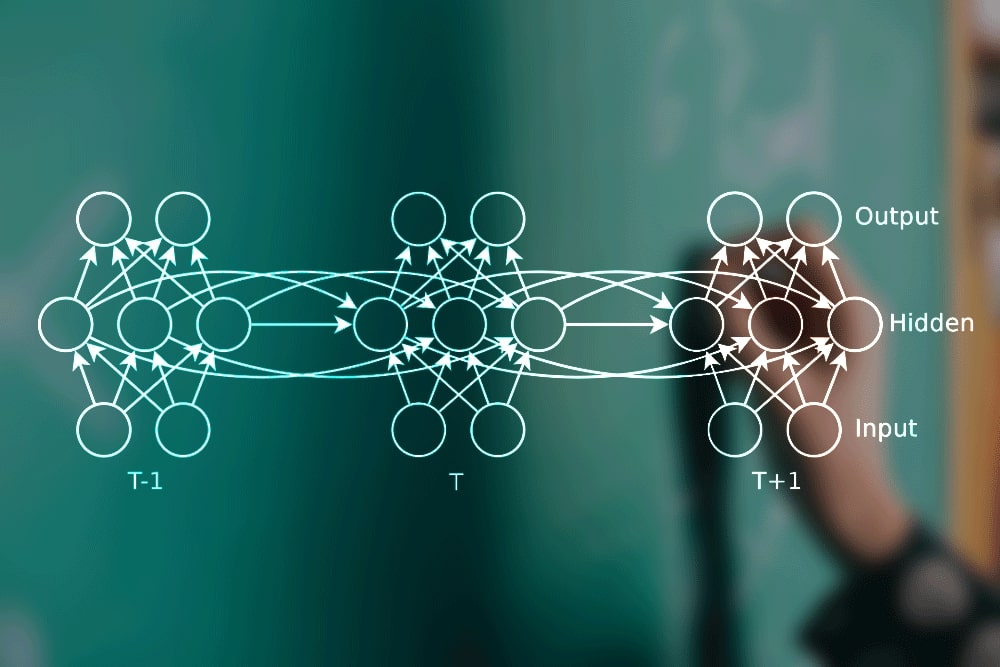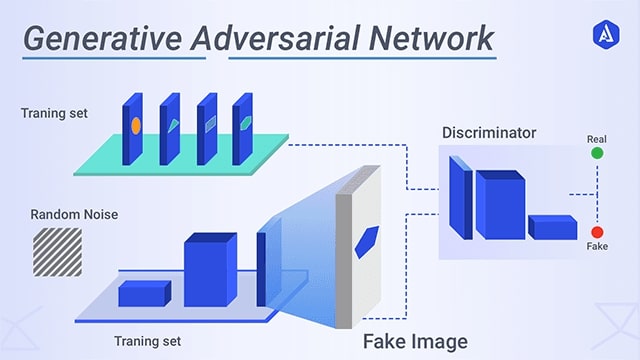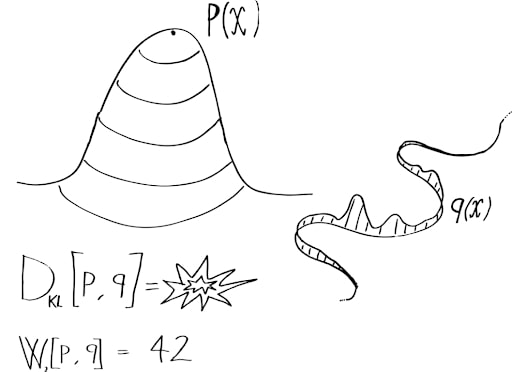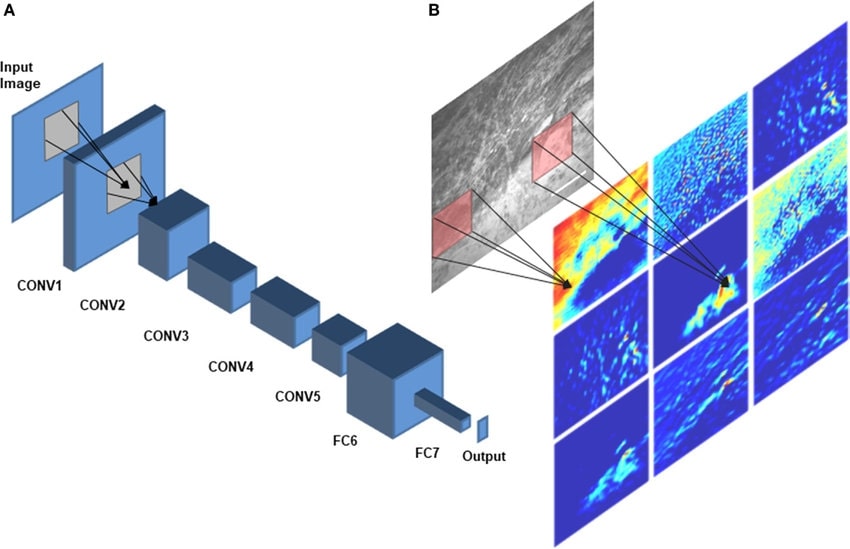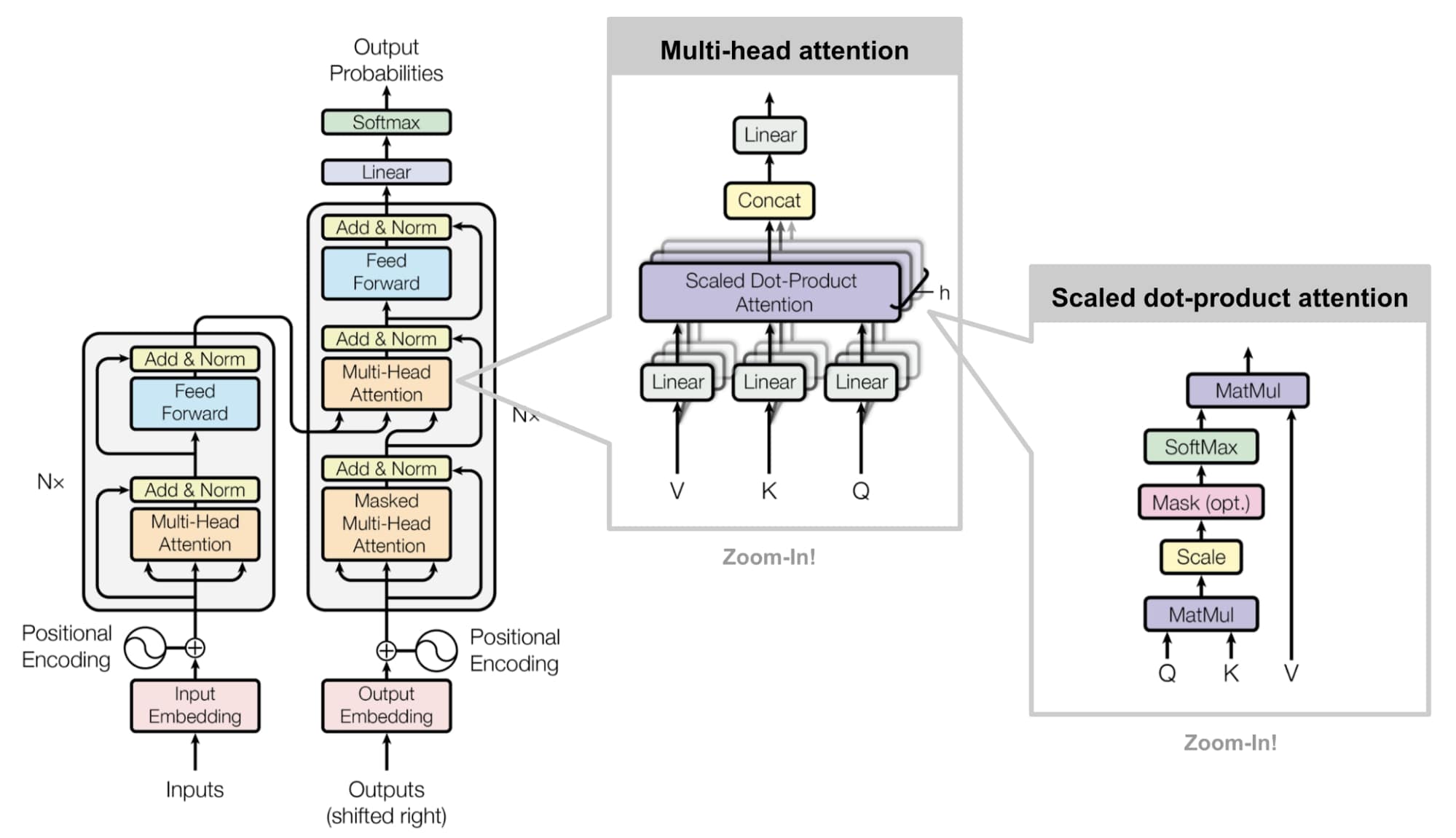In mathematics and economics, transportation theory or transport theory is a name given to the study of optimal transportation and allocation of resources. The problem was formalized by the French mathematician Gaspard Monge in 1781....
A recurrent neural network (RNN) is a class of artificial neural networks where connections between nodes form a directed graph along a temporal sequence. This allows it to exhibit temporal dynamic behavior...
A generative adversarial network (GAN) is a class of machine learning frameworks designed by Ian Goodfellow and his colleagues in June 2014. Two neural networks contest with each other in a game (in the form of a zero-sum game, where one agent's gain is another agent's loss)....
The Wasserstein Generative Adversarial Network, or Wasserstein GAN, is an extension to the generative adversarial network that both improves the stability when training the model and provides a loss function that correlates with the quality of generated images....
In deep learning, a convolutional neural network (CNN, or ConvNet) is a class of artificial neural network, most commonly applied to analyze visual imagery. They are also known as...
Attention has gotten plenty of attention lately, after yielding state of the art results in multiple fields of research. From image captioning and language translation to interactive question answering,...
Graph Neural Networks are a class of deep learning models designed to work with graph-structured data. Unlike traditional neural networks that operate on Euclidean data (images, text), GNNs can capture complex relationships and dependencies in non-Euclidean graph structures....











